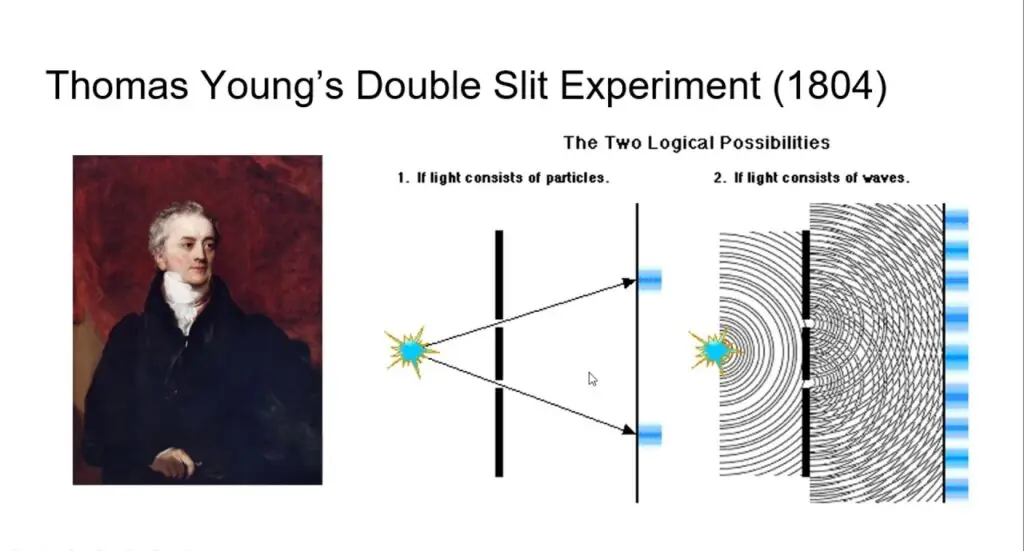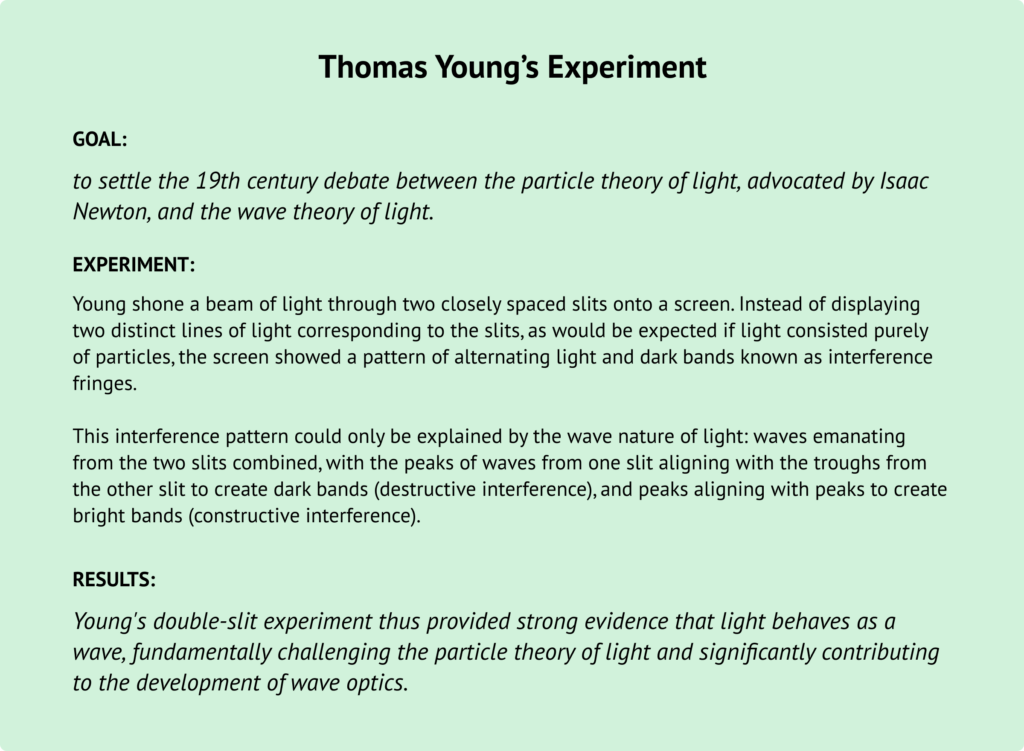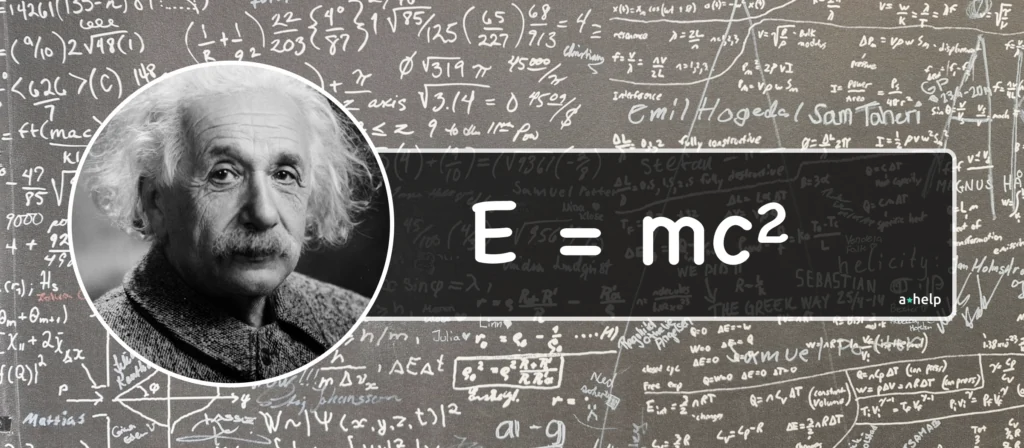For centuries, scientists and philosophers have debated the nature of light. Is it a wave, a particle, or something entirely different? With advancements in physics, especially through the work of Albert Einstein, we’ve come closer to understanding the true nature of light. However, the question of whether light has mass presents a fascinating paradox that challenges conventional notions of matter and energy.

✅ AI Essay Writer ✅ AI Detector ✅ Plagchecker ✅ Paraphraser
✅ Summarizer ✅ Citation Generator
What is light in simple words?
Light is a form of energy that is visible to the human eye. It allows us to see the world around us. Light travels in waves and can behave both like particles, called photons, and like waves. It comes from different sources, such as the Sun, light bulbs, and fires. Light travels incredibly fast, covering about 299,792 kilometers per second (186,282 miles per second). When light hits objects, it can be reflected, absorbed, or pass through, which is why we can see different colors and shapes. In simple words, light is what brightens our surroundings and makes everything visible.
Curious facts about light
🚀 Light is the fastest thing in the universe
🌊🔆 Light exhibits dual nature: it behaves both as particles (photons) and waves, a phenomenon known as wave-particle duality.
☀️🌍 The Sun is our primary natural source of light, emitting light that takes about 8 minutes and 20 seconds to reach Earth.
🌌🔍 Light can bend around objects due to a process called gravitational lensing, influenced by the gravitational pull of massive objects like planets and black holes.
🌈 The colors we see are determined by light’s wavelength; different wavelengths are perceived as different colors by the human eye.
💨🚫🌟 Light can travel through a vacuum, a property that distinguishes it from sound, which requires a medium (like air or water) to travel.
🌠 The phenomenon of the Northern and Southern Lights (Aurora Borealis and Aurora Australis) is caused by particles from the Sun interacting with Earth’s magnetic field and atmosphere, creating spectacular displays of colored light in the sky.
👁️🌈 The human eye can typically see light wavelengths from about 380 to 750 nanometers, ranging from violet to red on the visible spectrum.
🐝 Some animals, like bees and certain birds, can see ultraviolet light, which is invisible to humans, allowing them to perceive patterns on flowers or plumage that are invisible to us.
The Dual Nature of Light
The concept of wave-particle duality lies at the heart of understanding light’s nature. On one hand, light behaves like a wave, capable of interference and diffraction, phenomena that are characteristic of waves passing through mediums. This wave-like behavior was demonstrated in the 19th century through experiments such as Thomas Young’s famous double-slit experiment.


On the other hand, light also exhibits particle-like properties, as evidenced by the photoelectric effect, where light can eject electrons from a metal surface. This phenomenon led to the discovery of photons, particles of light, which carry energy and momentum but, crucially, do not possess mass in the traditional sense.
Relativity and the Mass-Energy Equivalence
Albert Einstein’s theory of relativity introduces the concept of mass-energy equivalence, encapsulated in the famous equation:

This principle suggests that mass and energy are interchangeable, implying that light, while being massless, has a form of energy that behaves akin to mass under certain conditions, such as gravitational fields. This leads to phenomena such as gravitational lensing, where light bends around massive objects like stars and galaxies, demonstrating that light, despite not having rest mass, interacts with gravity.
Photons and the Absence of Rest Mass
At the core of the debate is the nature of photons, the fundamental particles of light. Photons are indeed massless, having no rest mass, which allows them to travel at the speed of light. However, they carry momentum and can exert pressure on objects, a phenomenon known as radiation pressure. This apparent contradiction highlights the unique position of light in the framework of physical laws, straddling the line between energy and mass.
Electromagnetic Radiation
The concept of light’s mass intertwines with the fabric of electromagnetic radiation, which spans a diverse spectrum from the long wavelengths of radio waves to the incredibly short wavelengths of gamma rays. This spectrum encapsulates a variety of electromagnetic waves, each with distinct characteristics and applications, from the radio frequencies that facilitate wireless communications to the ultraviolet rays that play a crucial role in vitamin D synthesis in humans.
A standout feature of electromagnetic radiation is its capacity to convey energy across the void of space without relying on any medium. This capability sets it apart from mechanical waves, such as sound, which necessitate a physical medium (like air or water) to propagate. This property emerges from electromagnetic waves’ nature as oscillations of electric and magnetic fields that traverse through space, transporting energy from one point to another.
The phenomenon of electromagnetic radiation conveying energy through a vacuum prompts intriguing discussions about its mass. Photons, the quintessential particles of light, are endowed with energy and momentum despite lacking rest mass, presenting a puzzle in the conventional narrative of mass-energy interplay. Einstein’s relativity theory posits that the energy embodied by electromagnetic radiation contributes to its relativistic mass. Thus, while photons are devoid of rest mass, the energy they embody lends them a form of gravitational influence, exemplified by gravitational lensing—where light’s path bends around massive objects due to the warping of spacetime by gravity, rather than a direct mass interaction.
The bottom line
So, does light have mass? The answer is nuanced. While photons, the building blocks of light, do not have mass in the traditional sense, the energy they carry behaves in ways analogous to mass, particularly when interacting with gravitational fields. This duality of light, being both a wave and a particle, and the relationship between energy and mass outlined in Einstein’s theory of relativity, provide a comprehensive understanding of light’s unique properties.
Through the lens of modern physics, light occupies a special place, challenging our perceptions and encouraging further exploration into the mysteries of the universe. As we continue to unravel these mysteries, the nature of light remains a fascinating subject at the intersection of philosophy, physics, and our quest for knowledge.
FAQ
Follow us on Reddit for more insights and updates.





Comments (0)
Welcome to A*Help comments!
We’re all about debate and discussion at A*Help.
We value the diverse opinions of users, so you may find points of view that you don’t agree with. And that’s cool. However, there are certain things we’re not OK with: attempts to manipulate our data in any way, for example, or the posting of discriminative, offensive, hateful, or disparaging material.